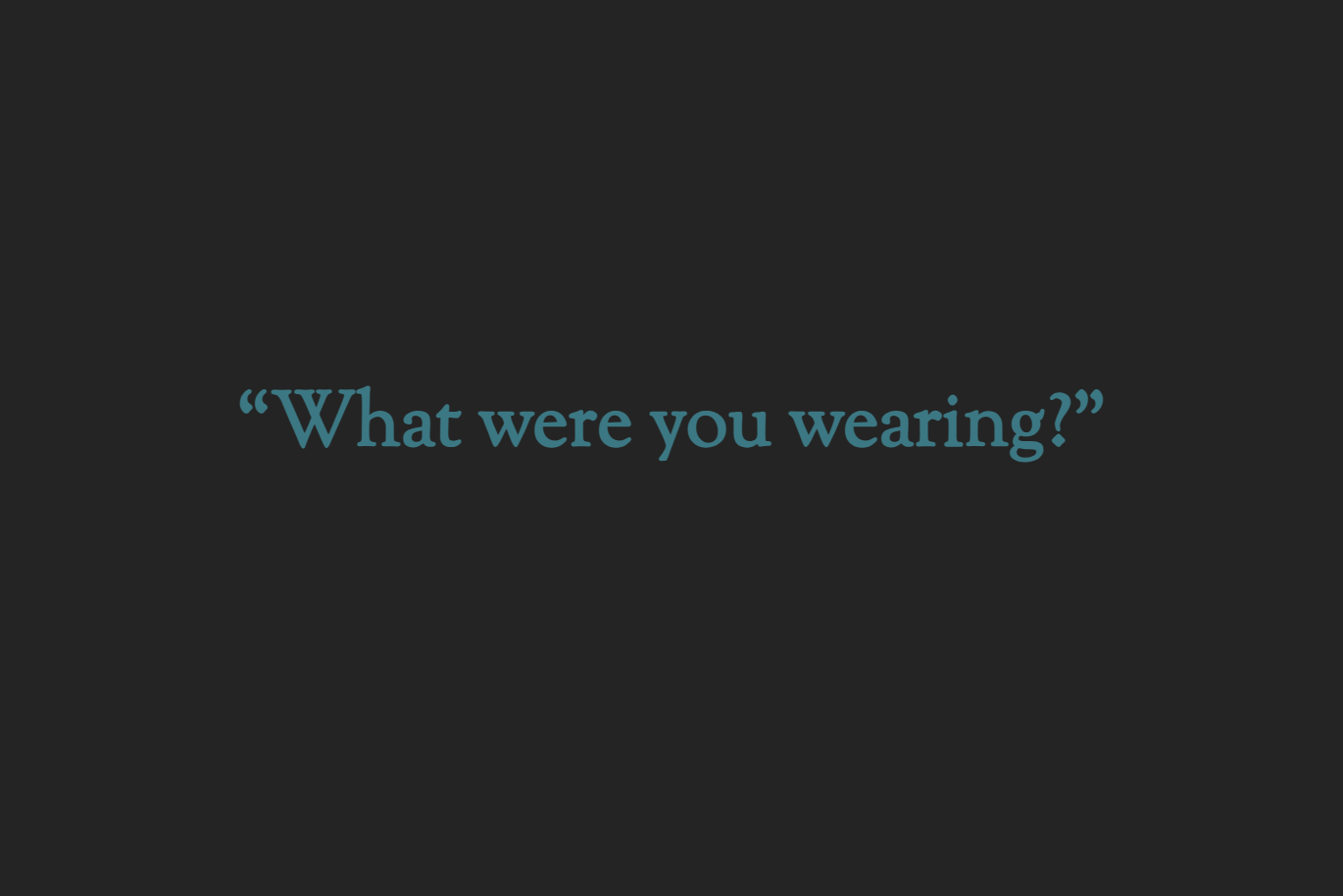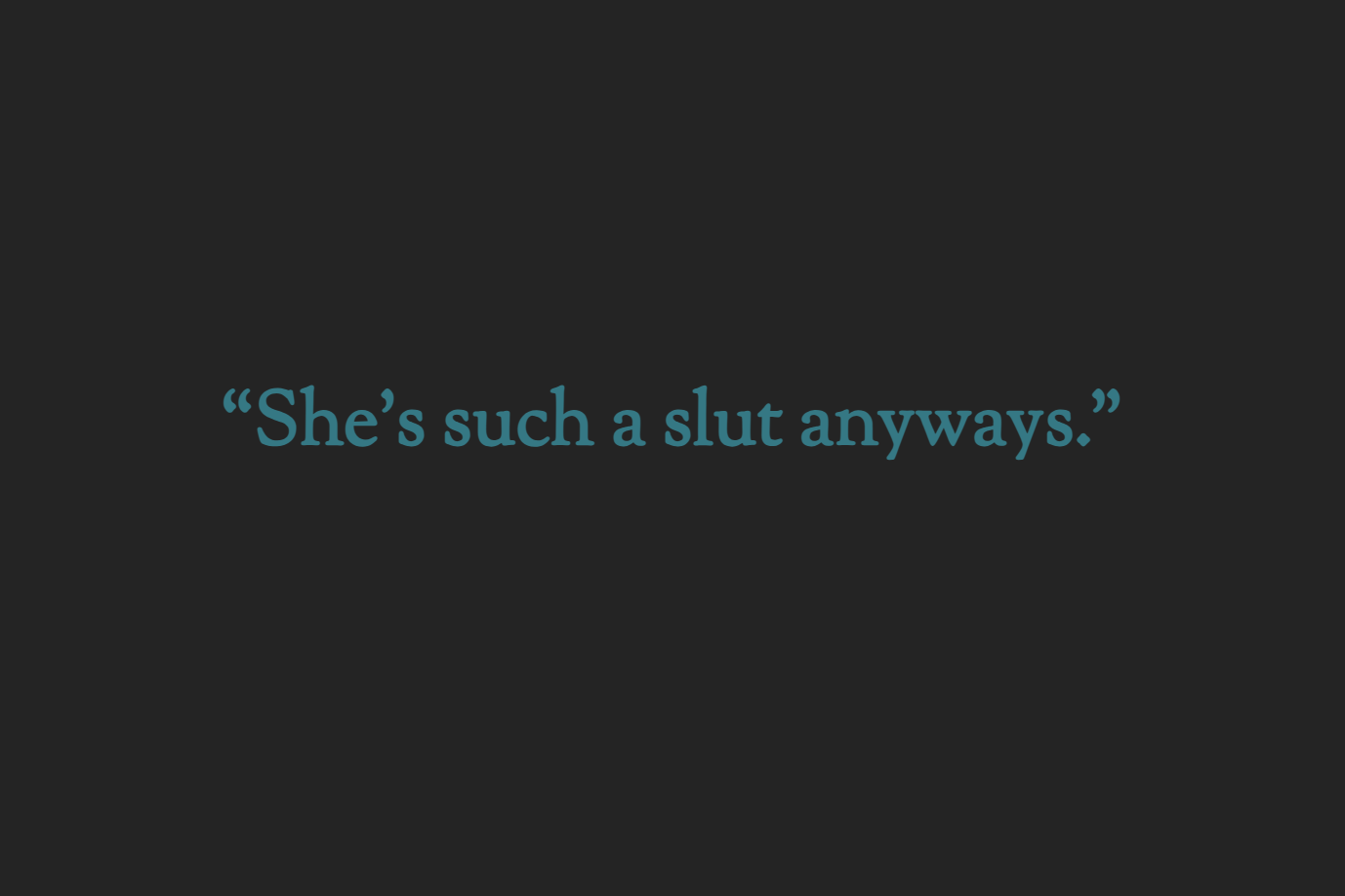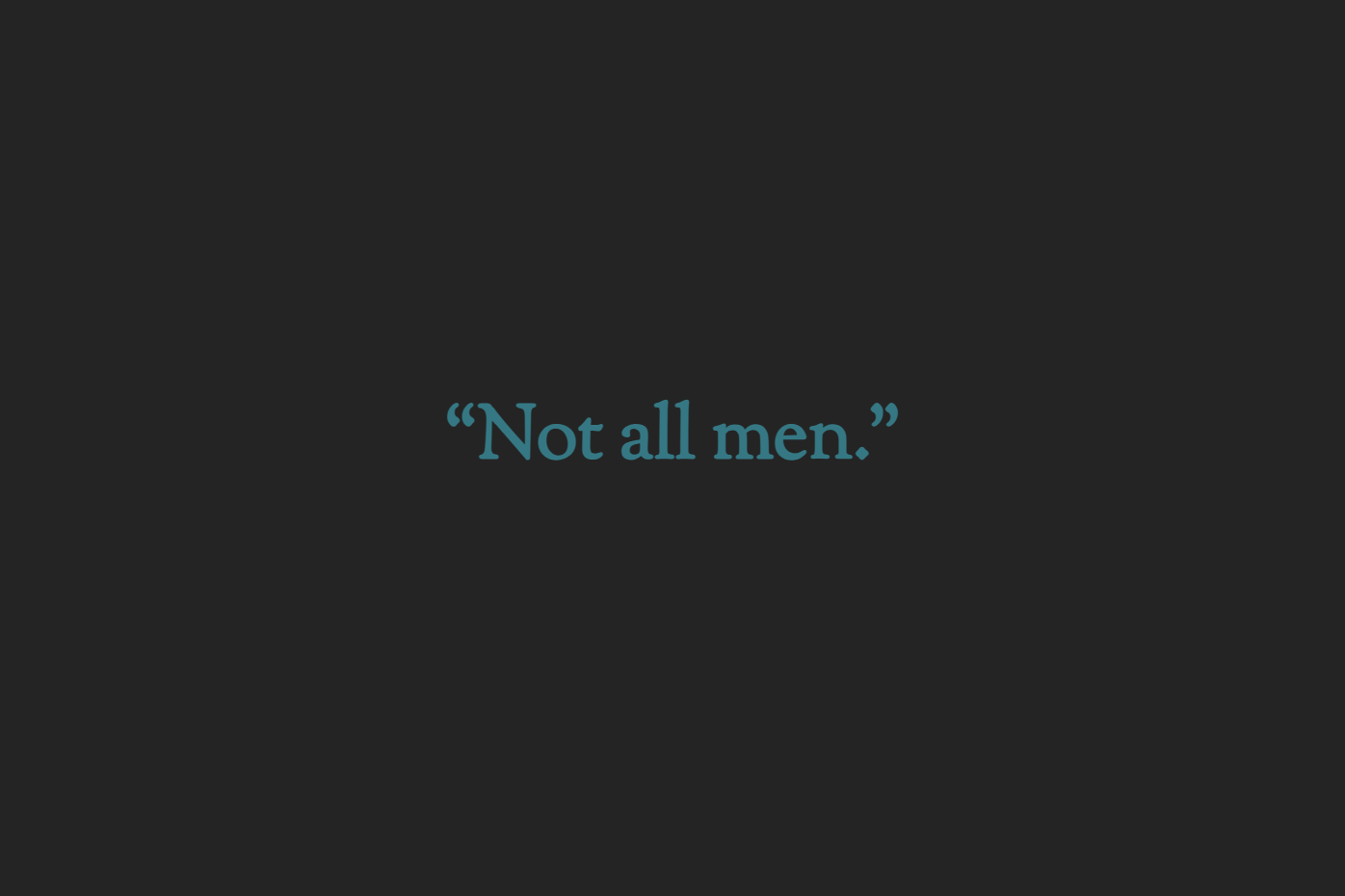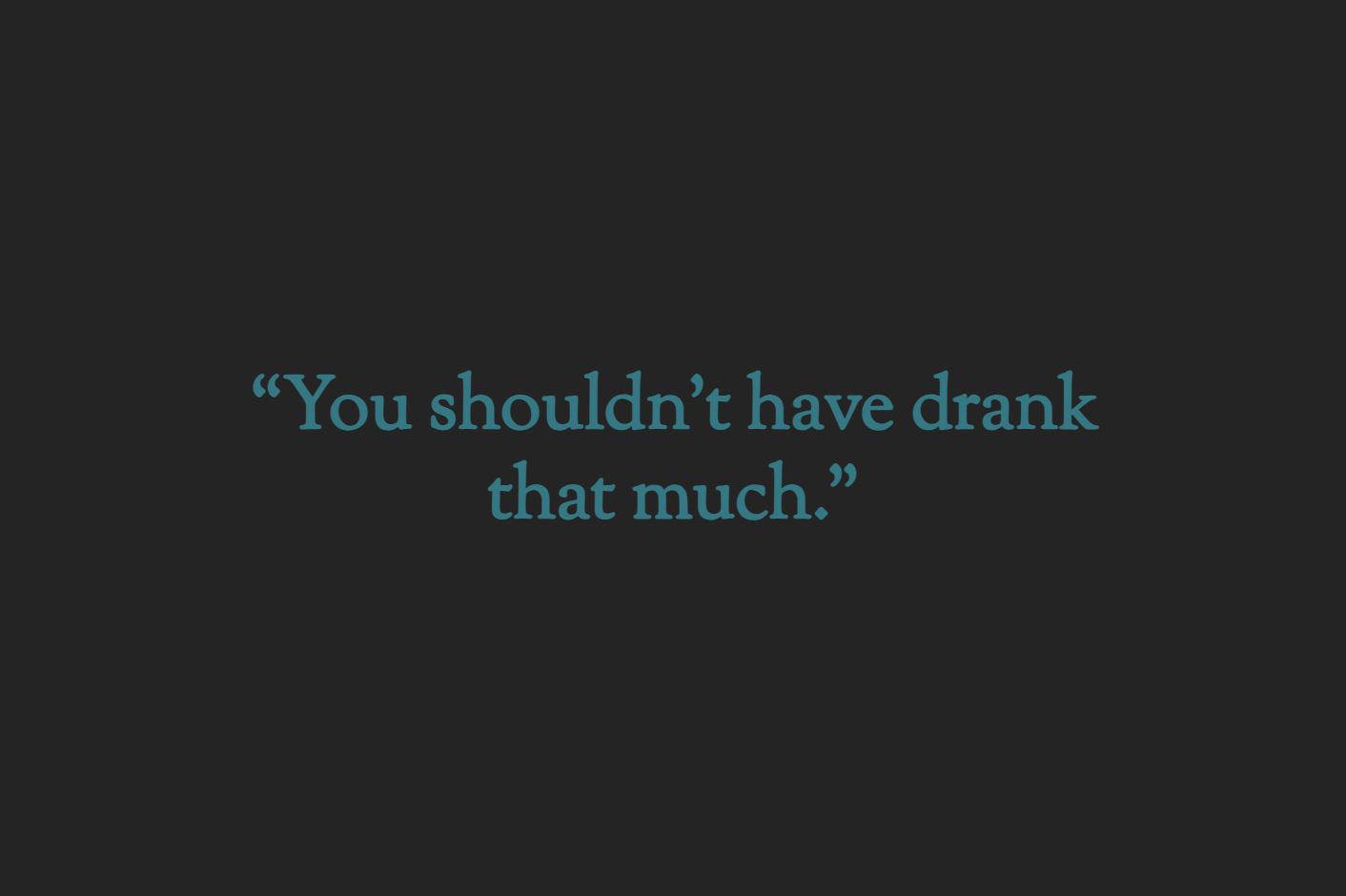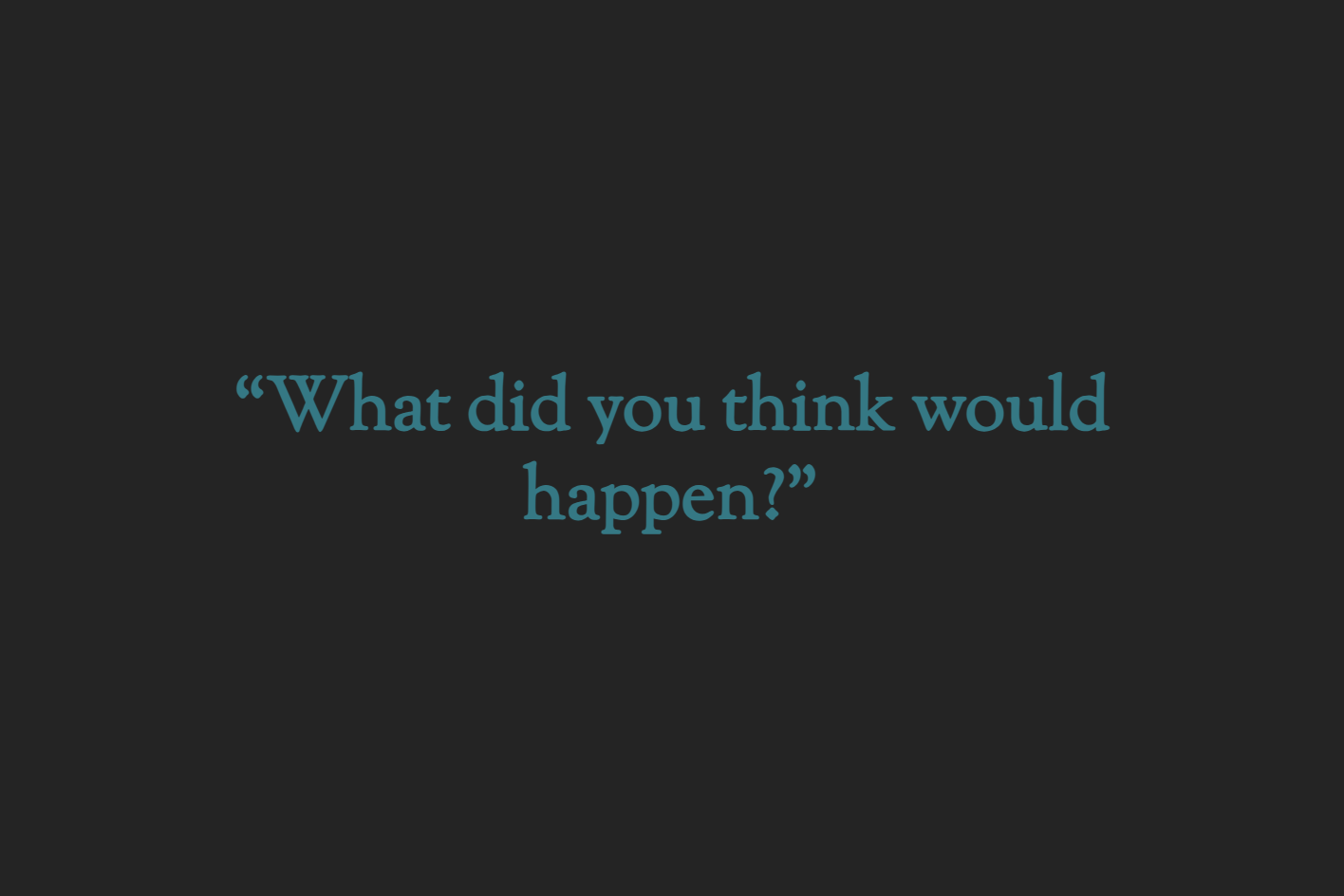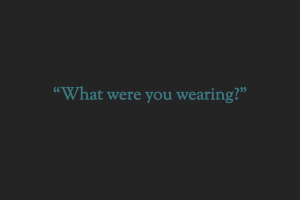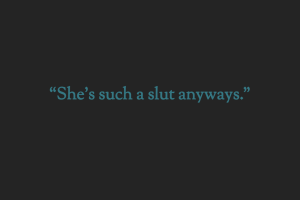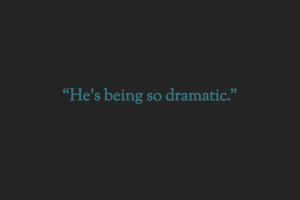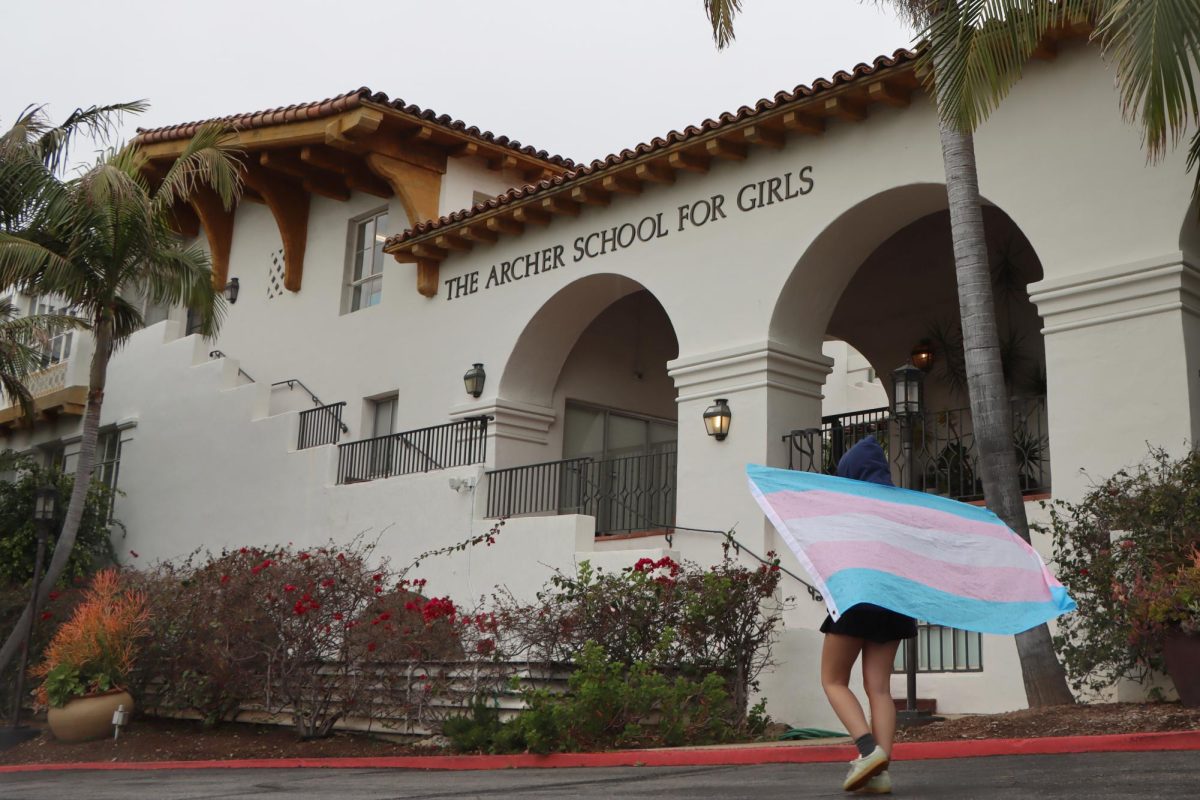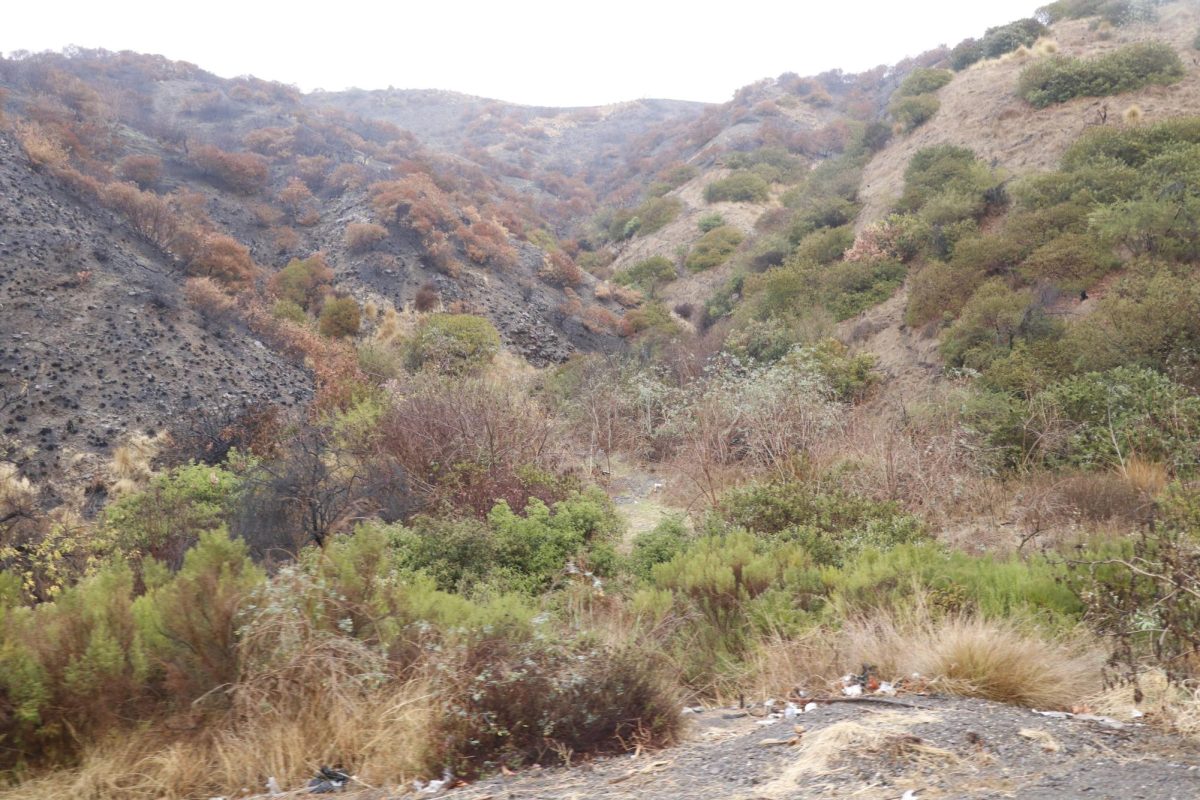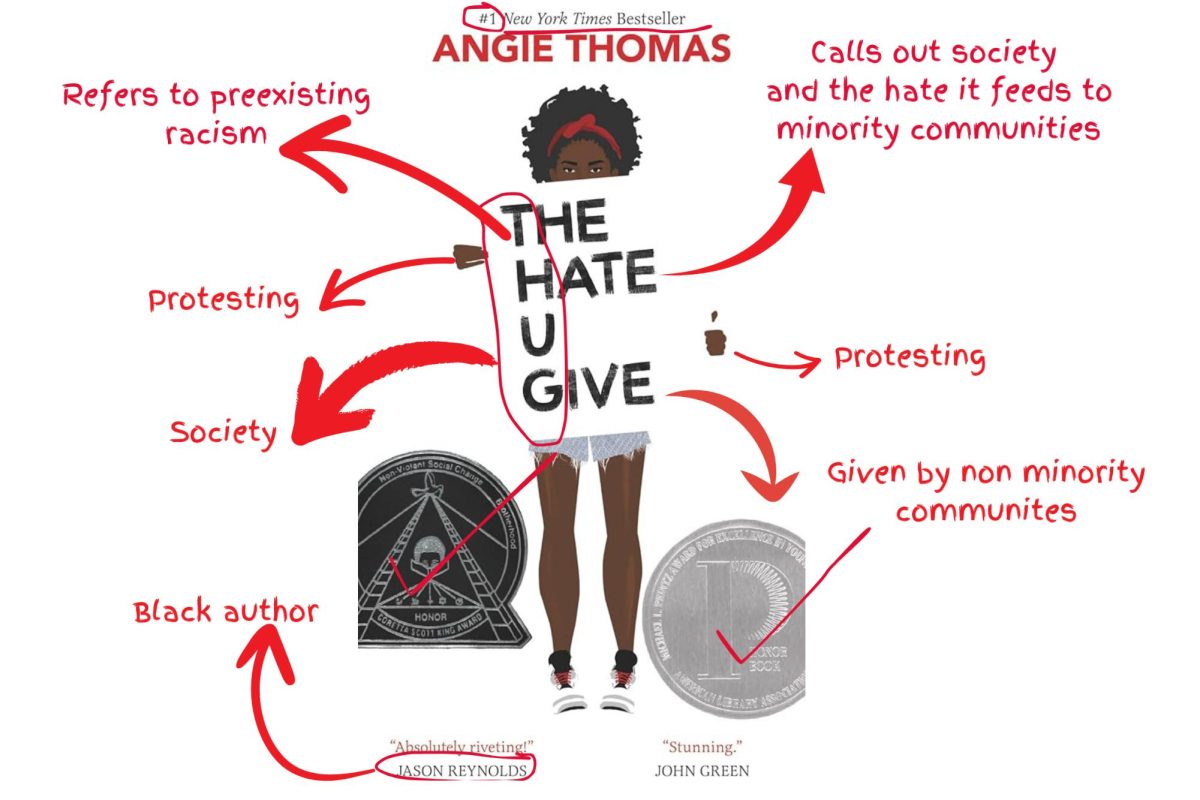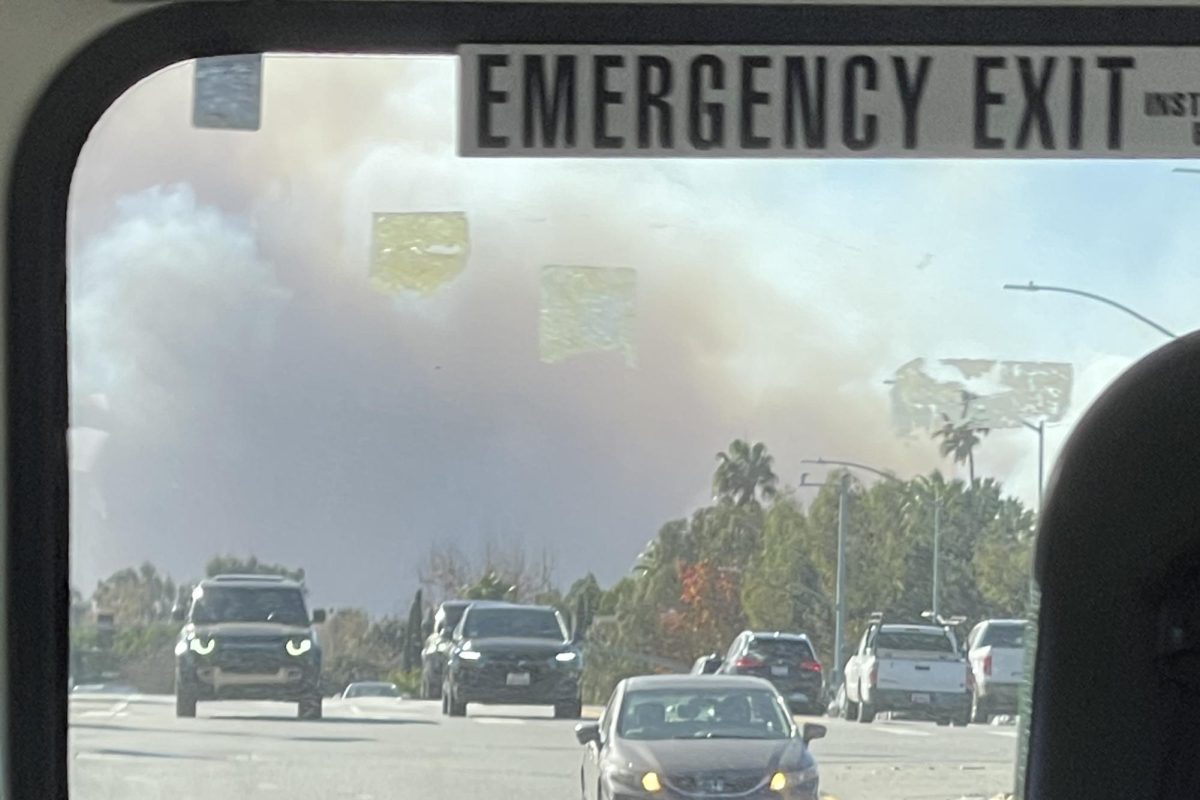Content warning: This article covers sensitive topics such as sexual assault, which may not be suitable for all readers. If you or a loved one is in need of help, reach out to RAINN, the national sexual assault hotline, by calling 800-656-HOPE or call 988 for the National Suicide Prevention Hotline. All calls are confidential.
Every 68 seconds, an American citizen is sexually assaulted.
Whether it’s a teenage girl walking home, a toddler in a Cinderella dress or a woman in her 80’s riding the bus, there is no criteria necessary to become a victim of assault. Despite this fact, there is one commonality: Around 75% of sexual assault survivors — male and female alike — experience victim blaming.
Defining victim blaming
Victim blaming is categorized by any statement or response that explicitly states or implies that a victim of a crime is at fault for what they experienced. Survivors of sexual assault, domestic abuse and other intimate crimes often face victim blaming.
During sophomore year, every Archer student is required to take a 12-week self defense course run by IMPACT Personal Safety. IMPACT is a non-profit organization dedicated to ending violence in society and empowering people to take control of their lives through self defense. Don Hart is a padded instructor, senior instructor and instructor trainer at IMPACT. He said the perpetrator is always at fault, no matter the victim’s actions.
“The most common reasons people get attacked are because there are bad people out there. There are parasitic people out there. There are people that want something for nothing. Or on the flip side, there are people that are deranged in some way, shape or form, whether it’s their upbringing or a chemical imbalance, [and] their moral compass says this is okay,” Hart said. “The common [assumed] reason is ‘I was attacked because I did something wrong. I was attacked because I was wearing the wrong thing. I was in the wrong place. I was out too late.‘ I think that’s a socially conditioned concept of victim blaming.”
Danielle Citron is a law professor at the University of Virginia, where she writes and teaches about privacy, free expression and civil rights. She worked to combat online abuse and protect intimate privacy through her work with lawmakers, law enforcement and tech companies. Citron said in a phone call interview that marginalized groups disproportionately experience victim blaming.
“It’s a reflection of, unfortunately, gender norms, more often than not targeted at women or queer individuals,” Citron said. “You’re not going to say to a dude, especially a heterosexual white guy, ‘It’s your fault someone robbed you’ … [People] assume responsibility to female and LGBTQ individuals all the time.”
Racial minorities also face disproportionately increased victim blaming. According to a 2018 study, if a sexual assault victim is Black, bystanders are less likely to help them and more likely to blame them for their assault. Hart said victim blaming is often deliberate, but sometimes people unintentionally blame survivors, even when trying to help them.
“Some of it comes from privileged concepts of chauvinism, specifically male chauvinism. But sometimes it comes with good intentions, like problem solving,” Hart said. “One example, a woman was taking a course, and she was talking about her sister, [who] was raped. Her sister ended up going to therapy afterwards, and she’s in therapy, and the therapist said, ‘Well, what you should have done is this…’ Here is a trained therapist coming from a place of helping people, and it’s blatant victim blaming … Even though it’s coming from a good place, it has to be stopped, and people have to be re-educated.”
Impact of victim blaming on survivors
After facing victim blaming, the likelihood of women experiencing substance abuse, depression, PTSD and self-blame increased, according to a study conducted by students at the University of Messina. The researchers noted that guilt and shame encourage women to stay silent about their experiences, even if it meant sacrificing legal protections or medical resources.
“On a social level, victim blaming feeds gender stereotypes and prejudices of a sexist nature,” the study wrote. “The blaming of the victim inevitably entails a collective acquittal of the perpetrator of the violent acts. This vicious cycle triggers a series of further social consequences, which include a decrease in the support offered to women, not only by informal support networks (family and friends), but also at an institutional level.”
Michelle Morales is the Capacity Building Project Manager at the California Partnership to End Domestic Violence. She has worked in the field of domestic violence, sexual assault, sex trafficking and mental health for over 20 years. Morales said in a Zoom interview that those who blame victims and bystanders who say nothing in response equally encourage a culture of shame.
“It all contributes to this culture of victim blaming, which is really, really harmful to survivors, but really our community as a whole,” Morales said. “It definitely prevents people from coming forward and telling the truth because they feel like they won’t be believed.”
Hart said that victim blaming silences women, noting the statement “Not all men,” which originates from #NotAllMen. The hashtag is commonly used by men in response to victims sharing their experiences. Statements such as “Not all men are rapists” make many survivors feel invalidated.
“It is a statement of fact — not all men are rapists. However, when a human being has just been attacked, the last thing they want to hear is ‘Well, there’s good people out there, and not everyone’s like that,” Hart said. “You don’t care about that, because all you care about is you just got attacked, and hearing all that periphery softening it doesn’t sit well.”
Morales said she began her volunteering and activism journey because she is a survivor of sexual assault, noting that most of the victim blaming she experienced firsthand came from her loved ones. She said the environment she grew up in had messages of victim blaming ingrained in it.
“You overhear it in certain things as you’re growing up as a young woman, like in the media. So I know that when I had my personal experience, I remember blaming myself in all kinds of ways,” Morales said. “That’s a really common initial response, ‘I shouldn’t have.’ So then anytime you’re hearing that after that, it just contributes to it.”
Citron said victims of online crimes, notably sextortion and stalking, often do not receive help from authorities. Since sextortion can be perceived as voluntary — despite there being a large power imbalance between the victim and perpetrator — victims are often shamed when speaking up. Citron said this lack of support leaves victims feeling even more trapped and alone.
“The premise law enforcement approaches problems with is [to] turn your computer off: ‘Boys will be boys.’ And the truth of matter is you can’t escape,” Citron said. “Gender harms are so often dismissed and trivialized, and we blame victims, just as we do with rape: ‘You wear short skirts,’ ‘What were you drinking?’ The same is true when it comes to nonconsensual imagery and other forms of gendered harm … [Law enforcement] acts like, ‘No big thing, it’ll just go away, right?’ And it doesn’t.”
Spreading awareness and combating impact
Morales said there are many different strategies assault survivors can use to heal from their traumatic experience. Recovery is not a linear process, and Morales said that it is okay to experience bumps in the road. While therapy is often discussed, she said that sometimes people are not ready to verbalize their experiences.
“Talk therapy is one, but there’s people that have different things within their own culture that could be really useful too,” Morales said. “For instance, I’m Native, and so we have our ceremonies and different things that we use for healing. So some people may have it somewhere in their culture that they seek for healing and grounding and letting go.”
When it comes to stopping victim blaming, Hart said being vocal is vital to educate those who are spreading harmful messages.
“Education about victim blaming has to go twofold. The person that’s blurting out the [statement], which is completely squashing, demeaning the person, and then there’s the ‘I’m just trying to help,” Hart said. “We must let people know that what they’re doing is not helpful, to be able to be able to hold the awareness and confidence to say ‘Stop right there. I’m not ready to hear this,’ or ‘What you’re doing is not helpful.’ And that’s tough to do.”
Morales and Citron both emphasized Hart’s statement about the importance of speaking up. Morales said that silence speaks volumes, and in order to fight against both victim blaming and assault, everyone must use their voice.
“As you ring the alarm around victim blaming, you are ringing it for your own community,” Citron said.
Below is a slideshow listing common statements used to blame victims. The goal is to bring awareness to phrases that have hurt survivors and explain why they are damaging to those who might not understand.





